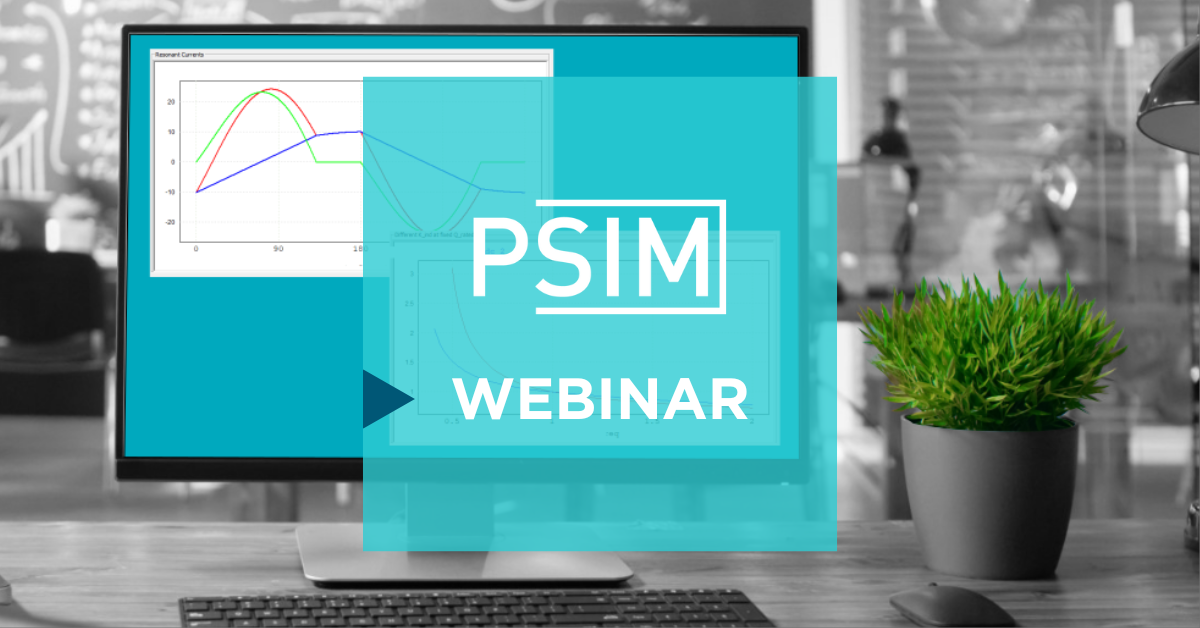Resonant Converter Design and Optimization Using PSIM's New Automated Toolset

This webinar covers how to design, optimize, and close the loop on resonant converters using our brand-new resonant Power Supply Design Suite in PSIM.
We demonstrate our new and exciting time-domain-based Steady-State Solver tool, Design Curve tool, and Parameter Optimization tool to find optimum values of the resonant parameters, operating frequency range to maintain ZVS, quality factor, magnetics ratio, and other design parameters.
For design examples, we are using popular resonant applications using an LLC tank and some other multi-element resonant tanks.
Following state-of-the-art resonant applications will be in the focus:
- 3.3 kW on-board charger for EV/PHEV
- Solar PV micro-inverter (20V-40V to 420V @320W)
As the design tools are instantaneous in generating design curves, output calculations, and output waveforms, it only takes a few minutes to optimize the resonant converters.
Some important topics we work through:
- Generate accurate design curves for DC gain, RMS values, peak values, and average values in the time domain
- Easily compare your design at different quality factors and magnetics ratios
- Dead-time relation with MOS cap and magnetic ratio
- Find the narrowest range of operating frequency for your wide-load and line-range applications
- ZVS-ZCS boundary, leading-lagging boundary point for input current, calculation of peak/max DC gain within the soft-switching region
- See different modes of operation (different CCM and DCM associated with output current) in the time-domain using our Steady-State Solver
- Feedback and feedforward control of the output voltage. We will be using SmartCtrl for the feedback control
- Practical aspects like active and passive device selections based on output calculation of the RMS, peak, and average values
- Core recommendations for transformer and inductor
- Comparative analysis between the time-domain method and the FHA method
At the end of the webinar, we go through a few other design examples that are popular for multi-element resonant tanks in wireless and inductive power transfer applications. We want to stress that by using accurate and fast tools, you can increase power density, optimize resonant parameters, and reduce losses by a considerable margin for most wide-load and line applications in the resonant converter application space.
